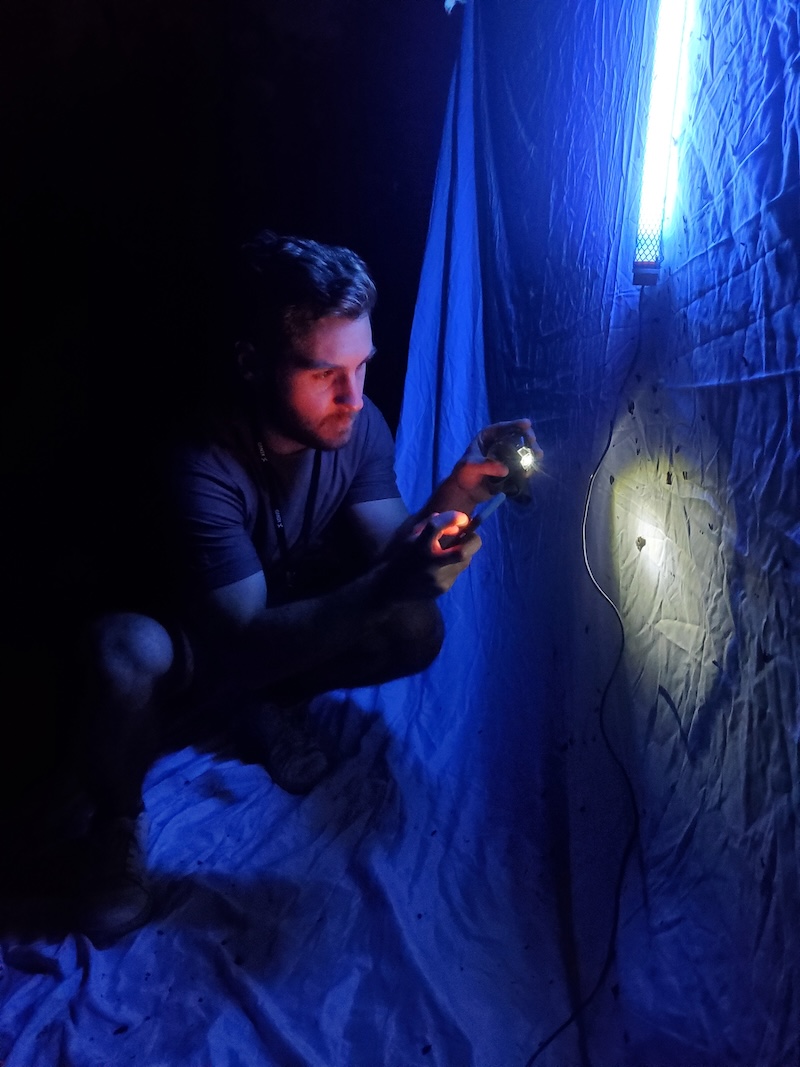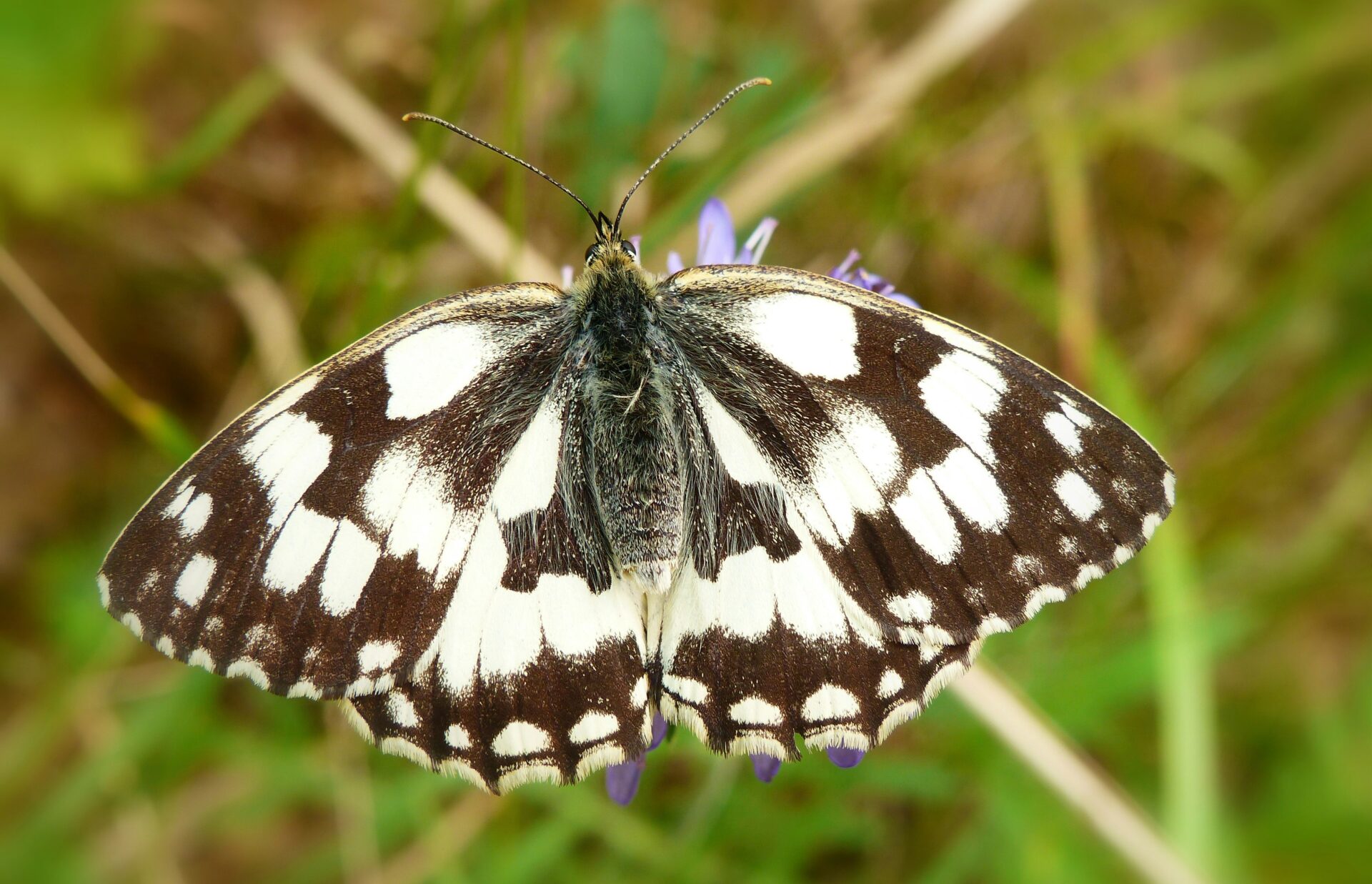The California Native Plant Society’s Flora Magazine article “A Place for Pollinators” introduces the Pollinator Companion, a novel tool developed by Calscape to support the selection of native plants that enhance pollinator habitats, including species vital for agricultural productivity. This tool addresses global pollinator declines by enabling the creation of targeted habitats—even at small scales—that can serve as ecological corridors for native pollinators.

At the forefront of this initiative is CBI’s very own Dr. Chris Cosma, who played a central role in designing the Pollinator Companion and integration of ecological and pollination datasets into the tool—ensuring that its predictive models for plant-pollinator interactions are scientifically robust. The model leverages over 800,000 observations from the Global Biodiversity Information Facility (GBIF), including museum specimens, herbarium records, and citizen-science contributions, to predict interactions based on geographic distributions, bloom periods, and pollinator activity.
While the current focus is on bees, the model is designed to expand to underrepresented pollinators such as moths, beetles, wasps, and flies. Field validation studies are planned to evaluate the model’s effectiveness relative to traditional planting guides. Cosma’s collaboration with Dr. Laura Melissa Guzman, CNPS, and the California Department of Food and Agriculture (CDFA) combines ecological expertise and large-scale biodiversity data to inform habitat restoration efforts and combat pollinator decline.
The Pollinator Companion represents a major step toward evidence-based native planting, with Cosma’s contributions ensuring its scientific rigor and practical applicability. The tool is accessible via the Calscape website, where users can explore pollinator-focused planting strategies tailored to specific locations and seasons.
